Holiday homework season is here again. That means it’s time to bring out the pencils, paints, and glue sticks. Whether it’s a model for science, a colorful chart for social studies, or a reading project for English, good stationery makes everything easier.
But before you rush to the store or click “add to cart,” let’s talk. Because honestly, you don’t need everything on the shelf. And not everything has to be expensive. Some stuff you already have at home can work just fine.
Let’s break down the must-haves, the nice-to-haves, and the smart swaps you can make to save time, money, and space. This blog will help you pick the best supplies for your child’s summer projects—from prep to final submission.
1. Basic Supplies You’ll Definitely Need
These are the items every student, no matter the class, will end up using.
- Pencils and Erasers: Get a good pack of HB pencils. Not the soft ones that smudge. Also, grab a few decent erasers that actually erase and don’t leave black marks.
- Pens (Blue, Black, Red): Older kids will need pens for writing and underlining. Red pens are great for headings or checking work.
- Rulers and Scales: A strong, unbreakable scale is better than those fancy ones that snap in two weeks. Clear plastic ones are great for neat lines.
- Glue Stick and Liquid Glue: Glue sticks are perfect for paperwork. Liquid glue helps with models and crafts. Keep both at home.
- Scissors: A child-safe pair for younger kids and a sharper one for older kids. You’ll need them more often than you think.
- Sharpeners: Get two. One always goes missing.
2. Art and Craft Essentials
These items help bring that splash of color to charts and models.
- Crayons or Pencil Colors: For smaller kids, crayons are perfect. They don’t break easily and are easy to hold. Pencil colors are great for neat work in upper grades.
- Sketch Pens or Markers: These make headings stand out and borders clean. You don’t need a big box. A basic 12-shade pack will do.
- Oil Pastels or Watercolors: If a project asks for painting, a small watercolor palette is enough. If your child is new to it, pastels might be easier.
- Paint Brushes and Palette: One thin and one thick brush will do. Use a steel spoon or a small steel bowl as a mixing palette if you don’t want to buy one.
Budget Tip: You don’t have to buy every medium. Pick just one—crayons, pencil colors, or sketch pens—and let your child use it well. It's better to use one thing fully than buy everything and use nothing.
3. Chart and Project Materials
This is where the real presentation happens.
- Colored Sheets: Buy a set of A4 or A3 pastel or bright sheets. These work for titles, headings, or cutting-out shapes.
- Chart Papers: 5 to 6 basic colors should be enough for the whole summer. Roll them and store them in a plastic cover to avoid folds.
- White Drawing Sheets: These are often used for writing or sticking cut-outs.
- Black Marker or Sketch Pen: This one’s a must. It’s perfect for writing clear headings and labels. Every project needs this.
4. Extras That Help (But Are Optional)
- Fevicol Fabric Glue or Hot Glue Gun: Great for heavy models, but only needed if your project involves cardboard or plastic. If not, a regular glue stick is fine.
- Decorative Tape or Borders: Washi tapes or shiny borders look great, but they can be pricey. Use leftover gift wrap paper to cut out strips. Works the same.
- Stickers or Printouts: Some kids love adding animal stickers or smiley faces. If that helps them enjoy the project, go for it. If not, draw by hand—it’s just as good.
- Project File or Spiral Binding: Only if the school asks for it. If not, use a plastic folder. It protects the work and still looks neat.
5. For Digital Submissions
Some schools now ask for homework to be uploaded or emailed.
- PDF Maker App: Many free apps like Adobe Scan or Microsoft Lens turn pictures into PDFs. Just make sure to crop neatly.
- Typing App or Word Document: If the child is in a higher class and needs to type, use Google Docs or MS Word. Parents can help set it up.
How Parents Can Help
Let your child explore, make mistakes, and try new things. But guide them gently.
- Help them plan what material they need before they start.
- Don’t rush to buy everything. Use what’s at home first.
- If something is too expensive and won’t be reused, ask the teacher if there’s an alternative.
- Support them with cutting, gluing, or formatting, but let them take the lead. Teachers know when a project is 100% child-made—and they love that.
Shopping Checklist
| Category | Item | Need It? (✔/✘) | Notes / Quantity |
| Writing Tools | HB Pencils (set of 10) | ||
| Erasers (dust-free) | Get 2–3 | ||
| Blue Pens | For older kids | ||
| Red Pens | Optional, for headings | ||
| Sharpener | Buy extra | ||
| Scale (30cm, unbreakable) | |||
| Gluing & Cutting | Glue Stick | Ideal for paper work | |
| Liquid Glue (Fevicol) | Useful for models | ||
| Scissors (child-safe or regular) | |||
| Color & Art | Crayons | For younger kids | |
| Pencil Colors | For detailed work | ||
| Sketch Pens / Markers | Basic 12-pack is enough | ||
| Oil Pastels or Watercolors | Choose one | ||
| Paint Brushes (1 thick, 1 thin) | |||
| Color Mixing Palette | Can use steel bowl at home | ||
| Paper & Sheets | Colored A4 or A3 Sheets (pack) | For headings & cut-outs | |
| Chart Papers (5–6 assorted colors) | Roll and store properly | ||
| White Drawing Sheets | Often needed for charts | ||
| Black Sketch Pen or Marker | For labels & neat writing | ||
| Extra Decoration | Washi / Decorative Tape | Optional | |
| Glitter Sheets or Stickers | Only if child wants to use them | ||
| Borders or Printed Borders | Can DIY with gift wrap | ||
| Submission & Storage | Project File / Clear Folder | Optional unless asked | |
| Spiral Binding (if required) | Only for formal submissions | ||
| Digital Help | Access to Phone Camera | For uploading pictures | |
| PDF Scanner App (free) | Adobe Scan or Microsoft Lens | ||
| Typing App (Google Docs / MS Word) | For older students if required |
Conclusion
Holiday homework can feel like a big task. But when you have the right supplies, it becomes a fun project. You don’t need the fanciest art kit or the most expensive pens. What matters is how your child learns to plan, prepare, and present their work with care. Keep it simple. Stay patient. Use what you have. And remember—it’s not about being perfect. It’s about doing your best.
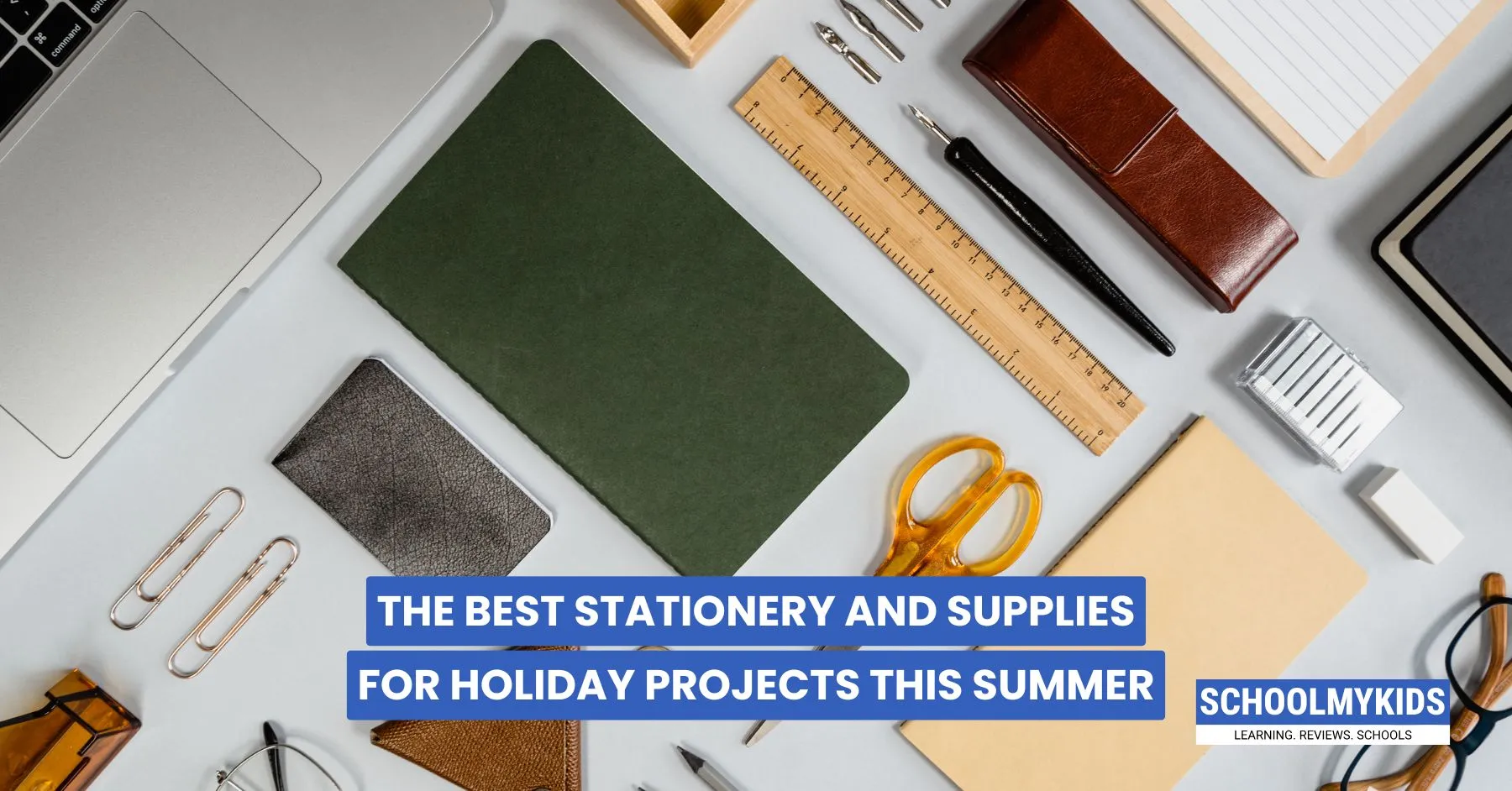


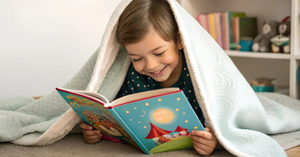
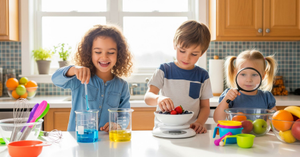
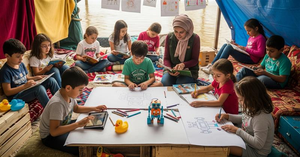
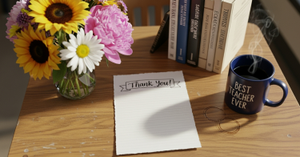
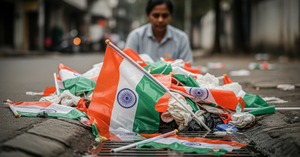
Be the first one to comment on this story.